Pradhan Mantri Bhartiya Janaushadhi Pariyojana
For two months I was in great pain. Doctors said I would require a stent. My wife also had the same problem sometime back but I saw the difference in cost of stents for her and me. Cheaper stents is a wonderful thing and I thank PM for it – Veerbhan Singh, Lucknow
I am fighting blood pressure, diabetes and a cholesterol problem. Due to the Pradhan Mantri Bhartiya Janaushadhi Pariyojana, we are getting medicines at affordable rates. We spent Rs 3000 earlier, now it costs Rs 400 – Subhas Mohanty, Odisha
I am running a store under Pradhan Mantri Bhartiya Janaushadhi Pariyojana. I see that poor people from various parts come to the store and purchase medicines at affordable price. I feel very happy that my effort is helping others – Anjan, Ramgarh, Jharkhand
A revolution is taking place in health sector in India, where accessing essential medicines at affordable rates is a challenge for most patients who seek treatment to acute and chronic diseases. Unexpected illness can have a catastrophic effect on the family of the ailing person and direct out-of-pocket payments can push them into poverty within a year sometimes. With the objective to make quality medicines affordable for all, particularly the poor and
disadvantaged, the Jan Aushadhi Scheme of 2008 was revamped as Pradhan Mantri Jan Aushadhi Yojana (PMJAY) in Sept 2015. The primary goal of PMJAY is to reduce healthcare expenses and end medicine mafia by distribution/sale of medicines and related items through exclusive outlets. To give further impetus to this objective, in Nov 2016, the scheme was revamped as Pradhan Mantri Bhartiya Janaushadhi Pariyojana (PMBJP).
PMBJP stores have been set up to provide generic medicines, which are available at lesser prices but are equivalent in quality and efficacy to expensive branded medicines.
The earlier scheme of 2008 (Jan Aushadhi Scheme) saw only 80 stores opened till 31st March, 2014. However, the number of Jan Aushadhi Kendra have jumped manifold under NDA rule. As on 10th March 2018, over 3200 Jan Aushadhi Kendra spread over 33 states/UTs had commenced operation, with a basket of over 1100 items (1000 medicines and 154 surgical consumables) covering most commonly therapeutic segments.

A comprehensive account of the turnaround story of the almost forgotten and ineffective UPA scheme to a practically significant and impactable scheme in the article – How PM Narendra Modi put new life in an ailing UPA scheme https://economictimes.indiatimes.com/industry/healthcare/biotech/pharmaceuticals/how-pm-narendra-modi-put-new-life-in-an-ailing-upa-scheme/articleshow/61604503.cms.
In India, confusion and misinformation about generic medicines are abound. The problem is compounded by propaganda of doctors and medicine mafias on effectiveness of generic medicines. This article attempts to bust these myths and negative campaign against generic medicines.
What is a GENERIC medicine/drug ?
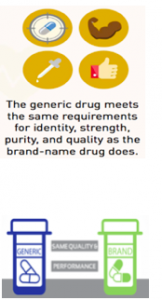
A generic drug is a medication created to be exactly same as an already marketed brand-name drug in dosage form, safety, strength, route of administration, quality, performance characteristics and intended use. It means, a generic medicine works in the exactly same way and provides exactly the same clinical benefit as its brand-name version.
Do generic medicines work the same way as branded medicines?
Any generic medicine modelled after a branded medicine must behave exactly the same in the body as its branded counterpart and this standard applies to all generic medicines. Generic medicines use the same active ingredients as branded medicines and work the same way, so they have the same risks and benefits as their corresponding branded medicines.
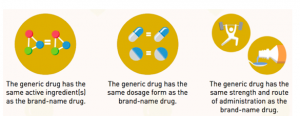
So if generic medicines work in the same way as branded medicines and have the same effect, an obvious question arises – why do branded drugs look different from their generic versions and cost more than their equivalent generic medicines?
Generic medicines and branded medicines share the same active ingredient, but other non-medicine traits such as colours, flavours, shape, packaging etc (that don’t affect performance, safety, effectiveness of generic medicine), may vary.

Regarding difference in their cost, it is necessary to understand the process of medicine sales. All medicines are prescribed by doctors to patients. Pharma companies promote their medicines in the form of a brand through the doctors via medical representatives, along with a variety of promotional items like free medicine sample kits and gifts. These all components (medical representatives to promotional items) add a good chunk to the cost of medicine. Once a doctor prescribes a branded medicine, patient is forced to buy the same resulting in a monopolistic scenario for that brand in the market. In contrast, generic medicines are not tagged with any specific brand name, hence they do not need promotion (and indirectly obviates the need for cost increasing components – medical representatives to the promotional items). Once a doctor prescribes medicine, the patient can choose the available cheapest equivalent medicine – including generic versions in the pharmacy. This way, the generic medicines provide a level field among competitors leading to competitive pricing.
For a layman, it is very difficult to identify the generic name and brand name on a medicine label. Brand names are proprietary names optionally suffixed with alpha-numerical extensions denoting the strength or type of drug while Generic name represents the name of the active ingredient (chemical) of the medicine.
For example, Branded medicines for Paracetamol tablets
|
Brand – Calpol 650 mg Company – GSK Pharmaceuticals Ltd |
Brand – Dolo 650 Company – Micro Labs Ltd |
There are several web portals which can help to find the generic name for a brand –
A glance at the Comparative Price Statement of generic medicines available at PMBJP stores and branded medicines shows how the medical expenses have reduced without compromising on the quality and efficacy and thus benefitting poor and middle class the most.
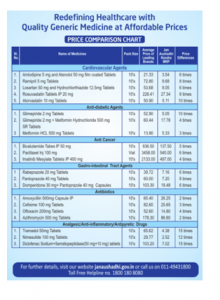
A comprehensive list of generic medicines therapeutic group-wise available under PMBJP is available at http://janaushadhi.gov.in/Data/pmbjp-book.pdf
Apart from medicines and surgical items, PMBJP is also focussing on lowering the expenditure burden of common public in areas related to healthcare and hygiene.
For female hygiene, Suvidha Oxo-Biodegradable Sanitary Napkin which is available at PMBJP Kendra at affordable price of Rs 2.50/pad as against Rs 15-20/pad being charged by MNCs.
Also for benefit of diabetics, sugar testing has become affordable with cheaper Glucometers available at PMBJP Kendra.

Modi government has spared no efforts to make available affordable medicines and surgical items (like stents and knee transplant articles) to the poor but the nation is waiting for a surgical strike on doctors forcing them to prescribe low-cost generic medicines instead of expensive branded ones.
– The author, Dr Avantika Varma, is a Doctorate in Chemistry and a social media soldier (Her Twitter handle is @DrAVSriv)

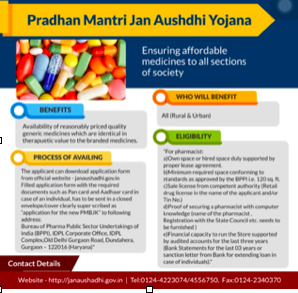


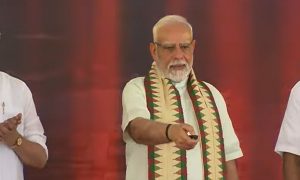

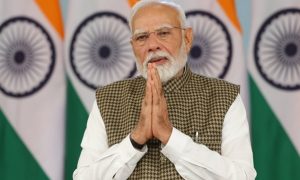

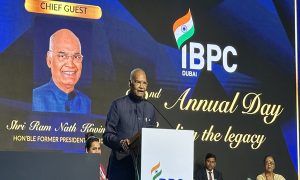

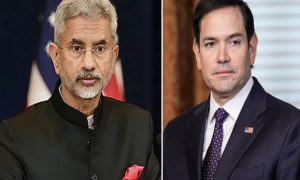

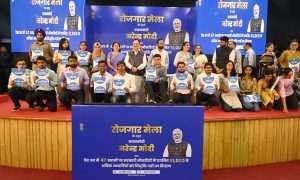

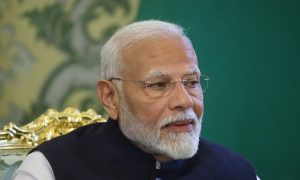





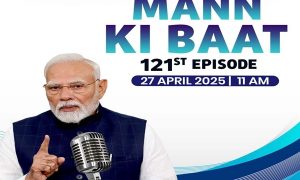

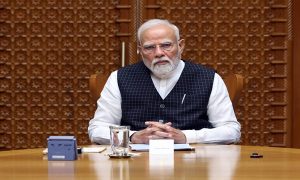

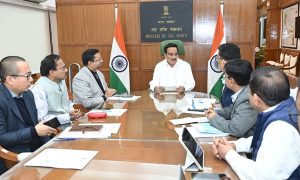

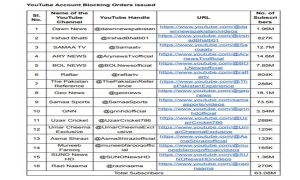

 WhatsApp us
WhatsApp us